Commonly known as Glaucous Honeysuckle, Mountain Honeysuckle, Red Honeysuckle, and Smooth-leaved Honeysuckle, this perennial vine belongs to the Caprifoliaceae family. Native to North America, particularly Canada and the eastern and central United States, it is a versatile plant well-suited for shaded areas. Limber Honeysuckle thrives in partial to full shade and is a popular choice among native plant enthusiasts for its vibrant spring-to-summer blooms. Its hardy and adaptable nature makes it an excellent addition to gardens focused on supporting native ecosystems.
| Common name | Glaucous Honeysuckle, Limber Honeysuckle, Mountain Honeysuckle, Red Honeysuckle, Smooth-leaved Honeysuckle |
| Botanical name | Lonicera dioica |
| Family | Caprifoliaceae |
| Species | dioica |
| Origin | North America |
| Life cycle | Perennial |
| Plant type | Native Plant |
| Hardiness zone | 3, 4, 5 |
| Sunlight | Dappled Sunlight |
| Maintenance | Low |
| Soil condition | Loam |
| Soil ph | Neutral |
| Drainage | Well-Drained |
| Spacing | 3 ft. – 6 ft. |
| Flowering period | Spring |
| Height | 3 ft. – 10 ft. |
| Flower color | Gold, Yellow |
| Leaf color | Green |
| Fruit color | Orange |
| Fruit type | Berry |
| Fruit benefit | Showy |
| Flower benefit | Showy |
| Garden style | Native Garden |
| Uses | Vertical Spaces |
I. Appearance and Characteristics
Lonicera dioica (limber honeysuckle, glaucous honeysuckle) is a vine in the honeysuckle family native to Canada and the eastern and central United States. Lonicera dioica comprises four variations: var. dasygyna, var. dioica, var. douglasii, and var. orientalis.
The plant reachs heights of 1 to 3 metres.
Lonicera dioica is deciduous. The blue-green, simple leaves are opposite. They are elliptic, entire and petiolate. They turn an attractive yellow in autumn.
Lonicera dioica produces capituli of strong reddish orange funnel-shaped flowers in June and July. The climbers carry red berries.
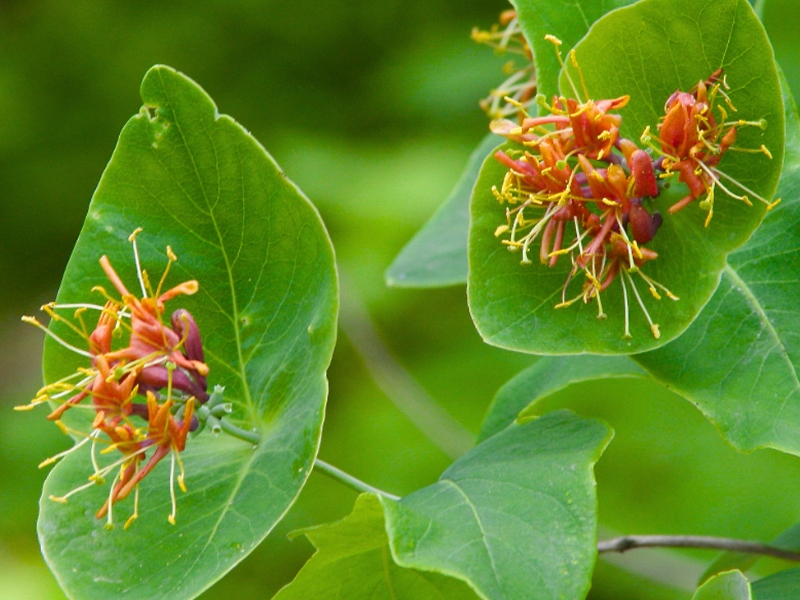
II. How to Grow and Care
Sunlight
Limber honeysuckle thrives best under full sun exposure, which fosters vigorous growth and optimal health. The plant’s ideal light conditions involve long-duration, high-intensity, and direct sunlight. Despite its preference for full sun, limber honeysuckle exhibits a notable tolerance for partial sun environments. In conditions deviating from full sun, such as dappled or moderate shade, limber honeysuckle may exhibit slower growth rates and potentially reduced flowering.
When grown outdoors, it is recommended to plant limber honeysuckle in areas where it can receive ample sunlight for the majority of the day, such as open landscapes or edges of woodlands. Limber honeysuckle does not typically display significant leaf adjustments or color changes in response to light variations.
Temperature
Limber honeysuckle grows in temperate and subtropical zones. The plants enjoy warm weather and are suited to grow in an environment with a temperature of 10 to 30 ℃. When the temperature is close to 10 ℃, some of their leaves turn yellow. When the temperature is lower than 5 ℃, almost all of the leaves will wither and fall. When the temperature is higher than 35 ℃, the plant’s speed of growth slows. When limber honeysuckle has just been planted, it requires regular watering. However, once established it does not require much water. It is a type of hedge that requires relatively less water.
Watering
Limber honeysuckle thrives in its native habitat with moderate humidity, showing a preference for consistent moisture without being waterlogged. It is drought-tolerant once established and should be watered once every three weeks to maintain its health. This species is more commonly grown outdoors where it can benefit from natural rainfall patterns. As an outdoor plant, limber honeysuckle’s ability to adapt to varying rain conditions makes it a resilient choice for gardeners looking to add a hardy, flowering species that requires minimal supplemental watering.
Soil
Limber honeysuckle has strong adaptability and no special soil requirements. The plants can be grown in clay or sandy soil. They like rich, moist, well-drained, and sandy loam the most, and are adaptable to soil with a pH of 6-8, which is slightly acidic, slightly alkalic, or even saline soil.
Fertilizing
For limber honeysuckle, use balanced nutrition fertilizers during the growing season to enhance vigor and high-nitrogen variants pre-flowering for optimal blooms. Fertilize every 4-6 weeks, adjusting quantities per label, considering limber honeysuckle’s modest needs. Seasonal changes dictate reduced frequency. Apply sparingly to prevent root burn and encourage natural growth. Novices should don gloves for safe handling, integrating the fertilizer into moist soil to aid nutrient absorption and prevent chemical buildup.
Planting Instructions
Transplanting limber honeysuckle is best done before spring when plants are germinating. If planted in the garden, 2-3 of them can be planted together. Add some organic or phosphate fertilizer as a base fertilizer. The plants need sufficient water after transplanting. Set up plant stakes and tie strings to them and the plant to help it climb up and form a green area.
If planted in a flower pot, limber honeysuckle needs to be placed on a balcony or similar space with sufficient sunlight. You can grow 1-2 plants in one big pot. Use a mixture of garden soil, leaf mold, and sand as potting soil. Before planting, fill the bottom of the flower pot with fully decomposed organic fertilizer, using phosphate fertilizer as the base fertilizer. After planting, water the plants sufficiently.
Pruning
Pruning should usually be done in fall after the leaves of limber honeysuckle drop, before germination. Fertilizing and pruning after blooming can encourage limber honeysuckle to bloom again. Stronger branches need light pruning while weaker branches need hard pruning. Dry or old branches need to be completely pruned because pruning older branches can help younger branches develop. Pruning the branches in the middle can promote air circulation in the center of the plant while also letting lower branches receive more sunlight.
After pruning, the plant’s branches will bloom at similar times, so you can harvest more flowering branches at a time. It is recommended to just lightly prune newly planted limber honeysuckle as long as its shape is controlled.
Propagation
Limber honeysuckle can be propagated effectively through cuttings. Using softwood cuttings from new growth ensures a higher success rate. Cut a segment about 4-6 inches long, ensuring there are several leaves on each cutting. Dip the cut end in rooting hormone and plant it in a well-draining soil mixture. Providing ample moisture and using a rooting medium that retains water yet allows for airflow can improve rooting success. Once established, limber honeysuckle will require minimal maintenance, preferring partial to full sun and well-drained soil to thrive.
Find Where to Buy the Best Limber Honeysuckle (Lonicera dioica)





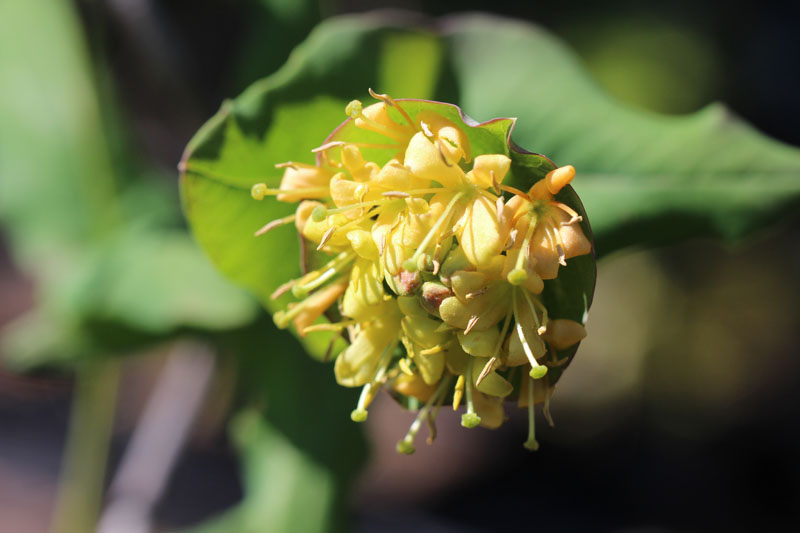

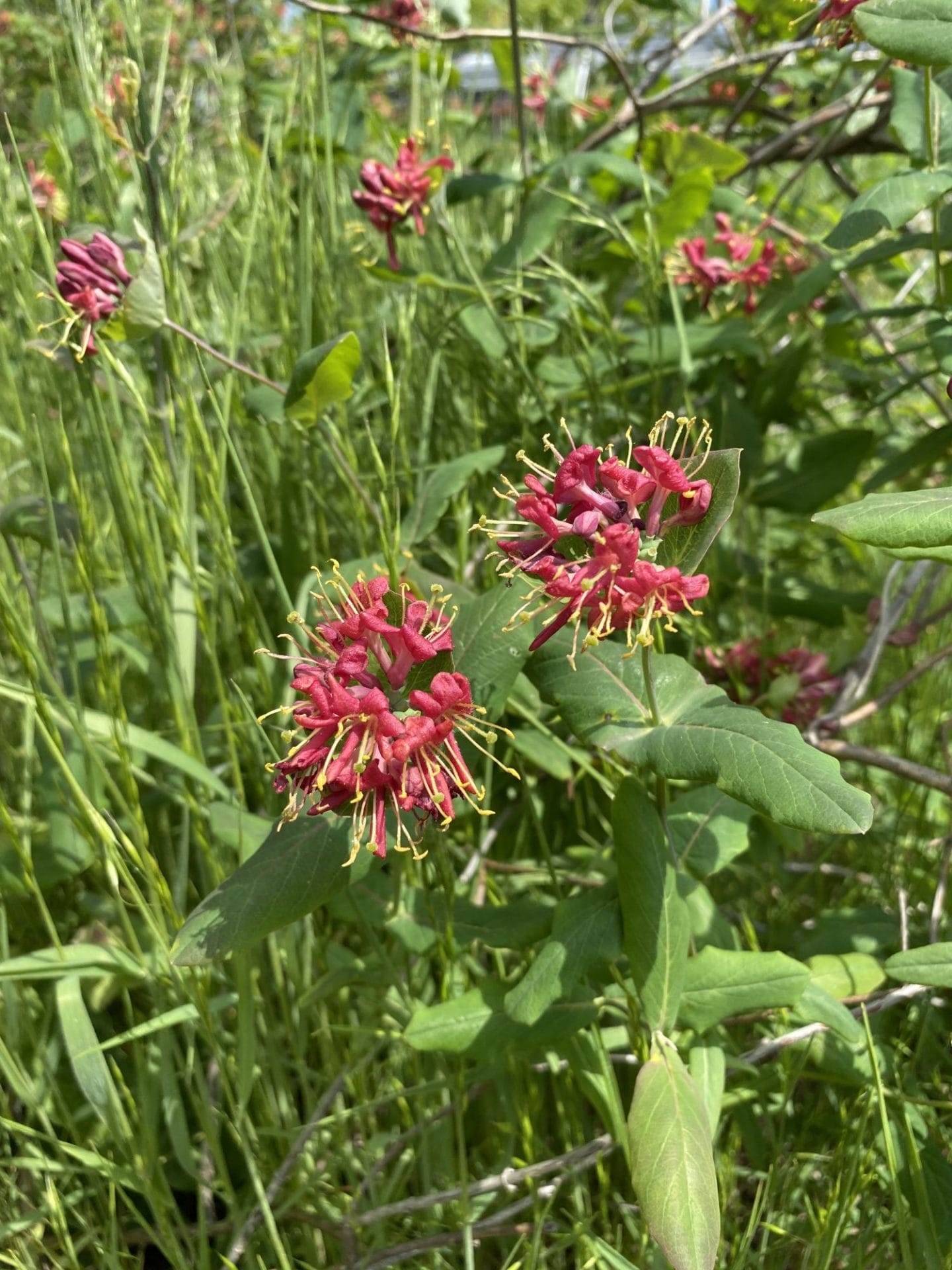
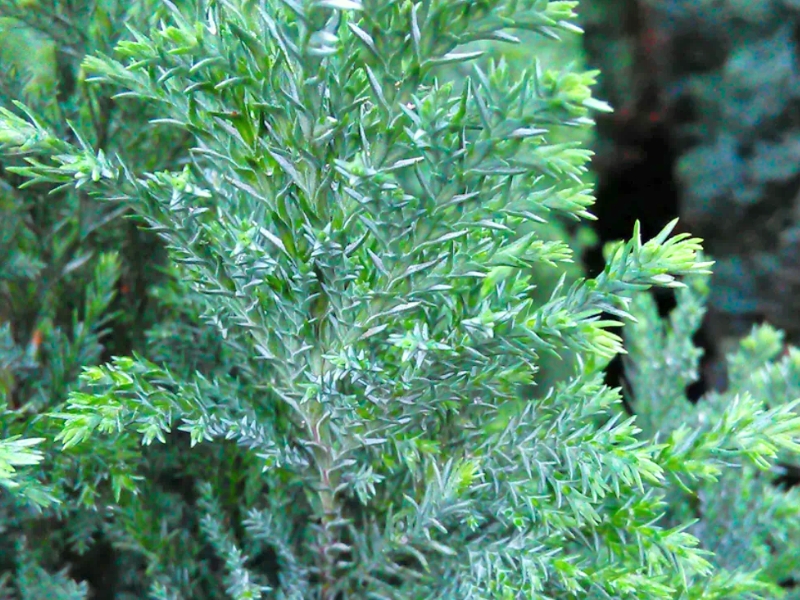

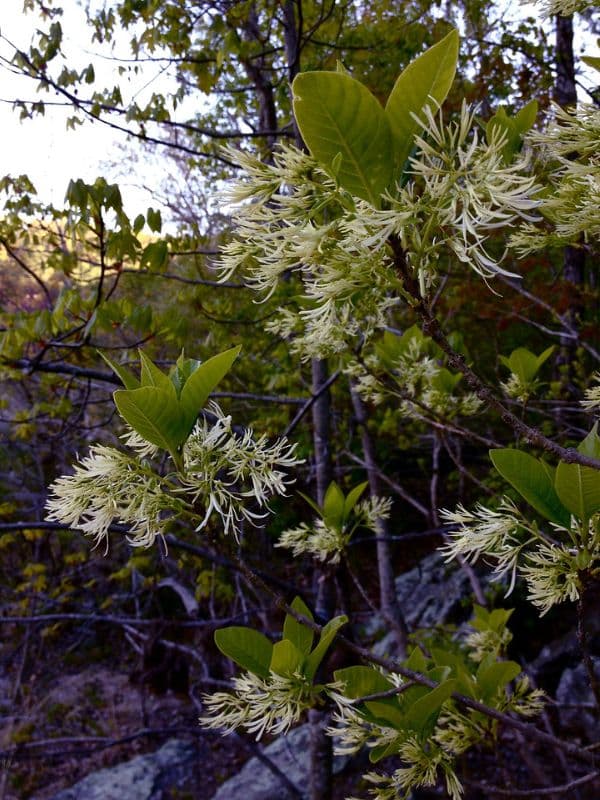
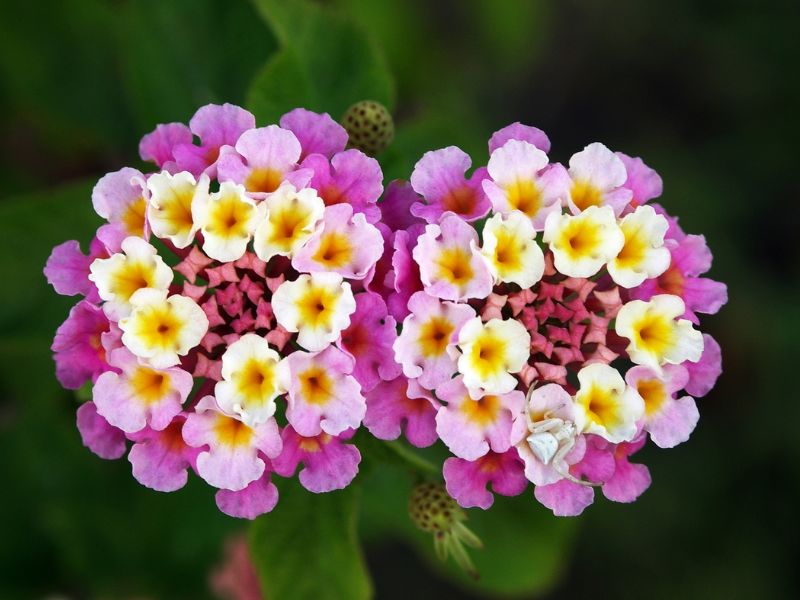
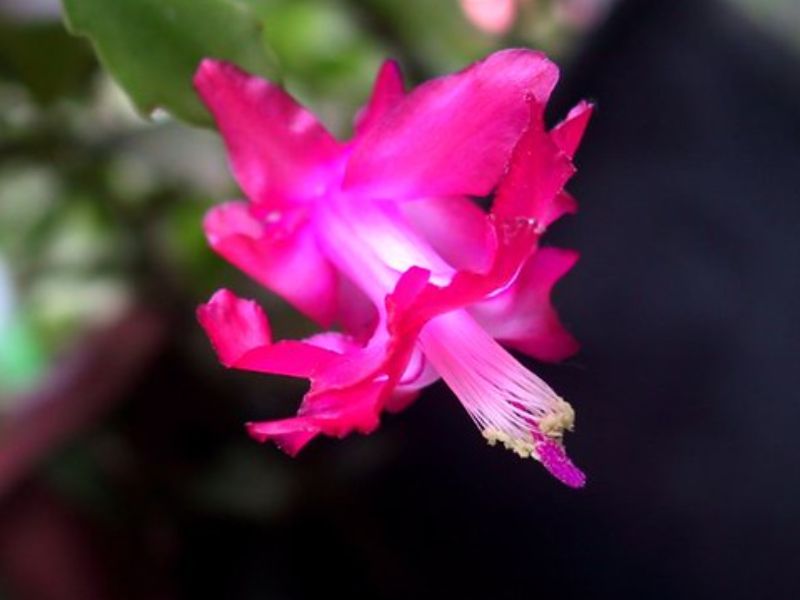
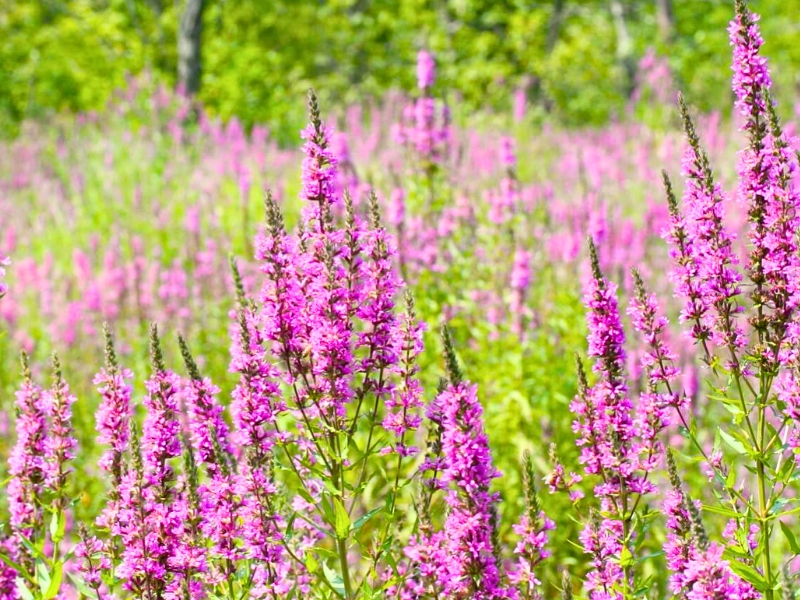
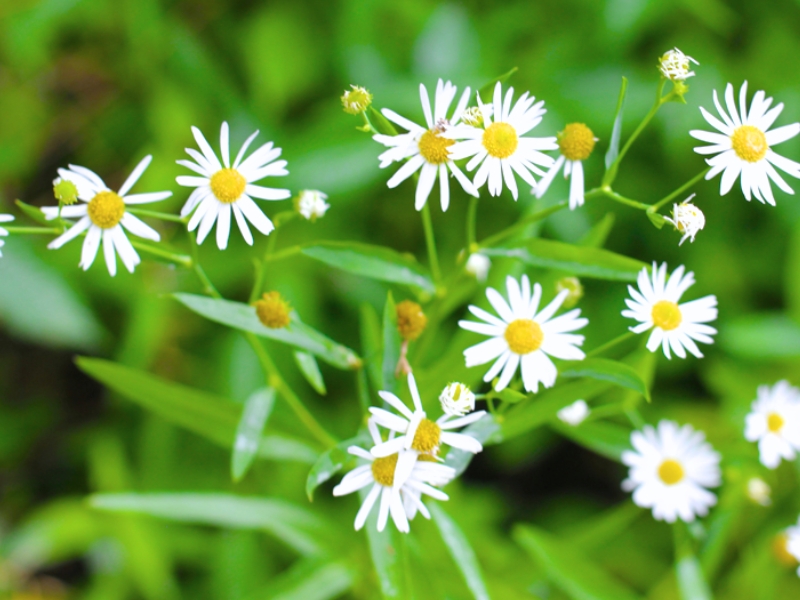
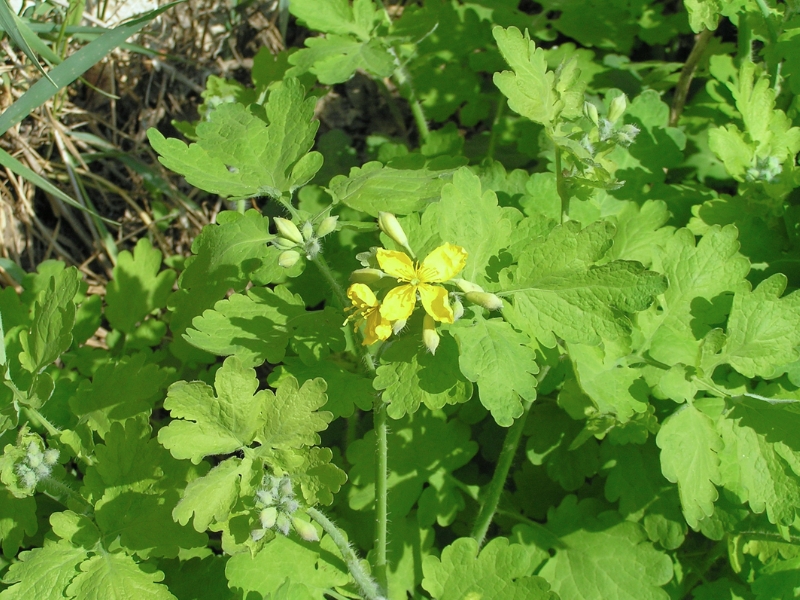
Leave a Reply